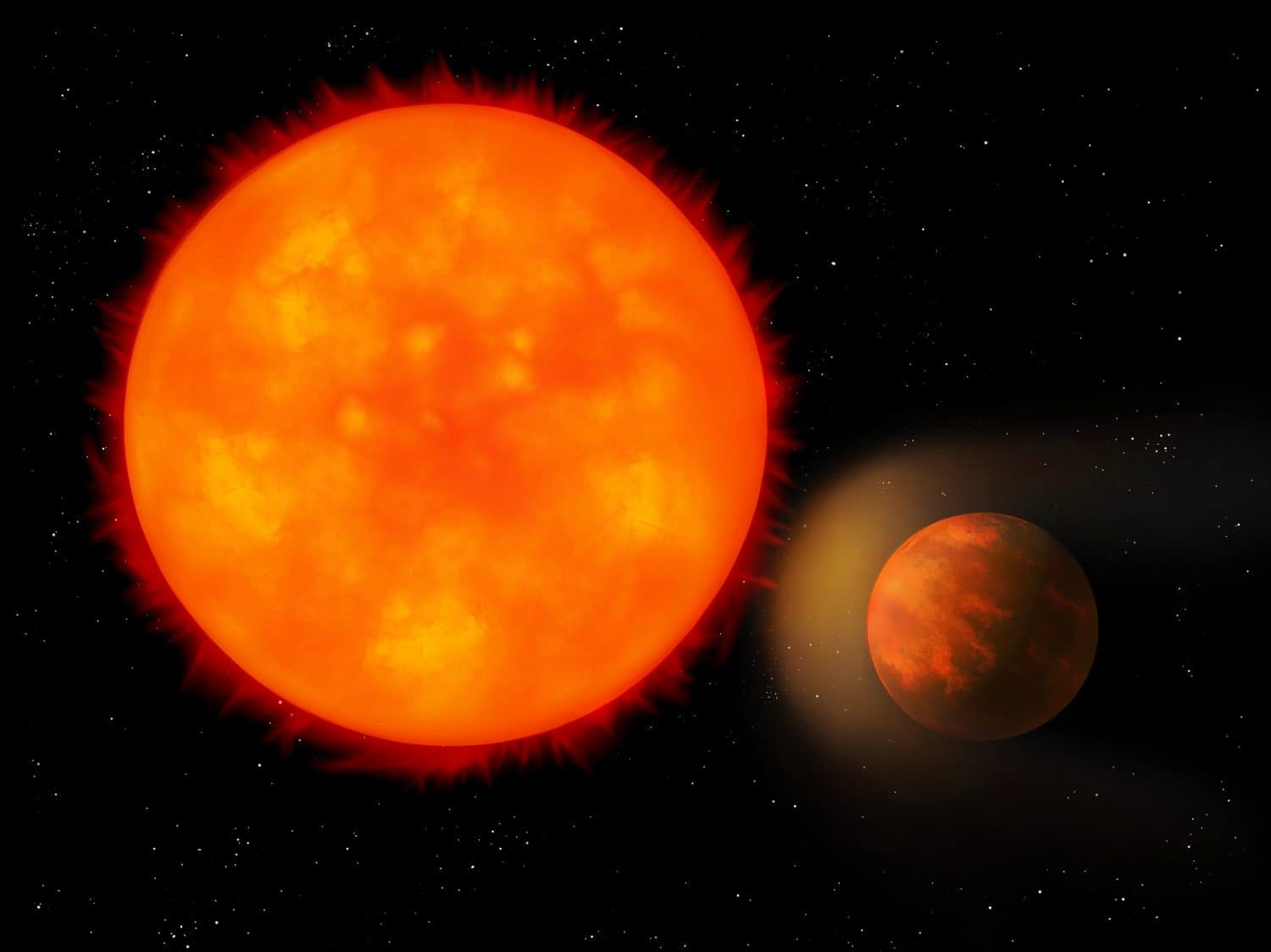There are two equinoxes and two solstices in every year. They mark the beginning of each new season and are, thus, incredibly important for all life on Earth. But what is the difference between the two? And how do they influence the weather, the seasons, plants, and humans?
Join us as we explore these and other questions in this equinox vs. solstice guide. Please just keep in mind that we’ll primarily refer to the equinoxes and solstices in the Northern Hemisphere. They look differently for the Southern Hemisphere.
Equinox vs. Solstice
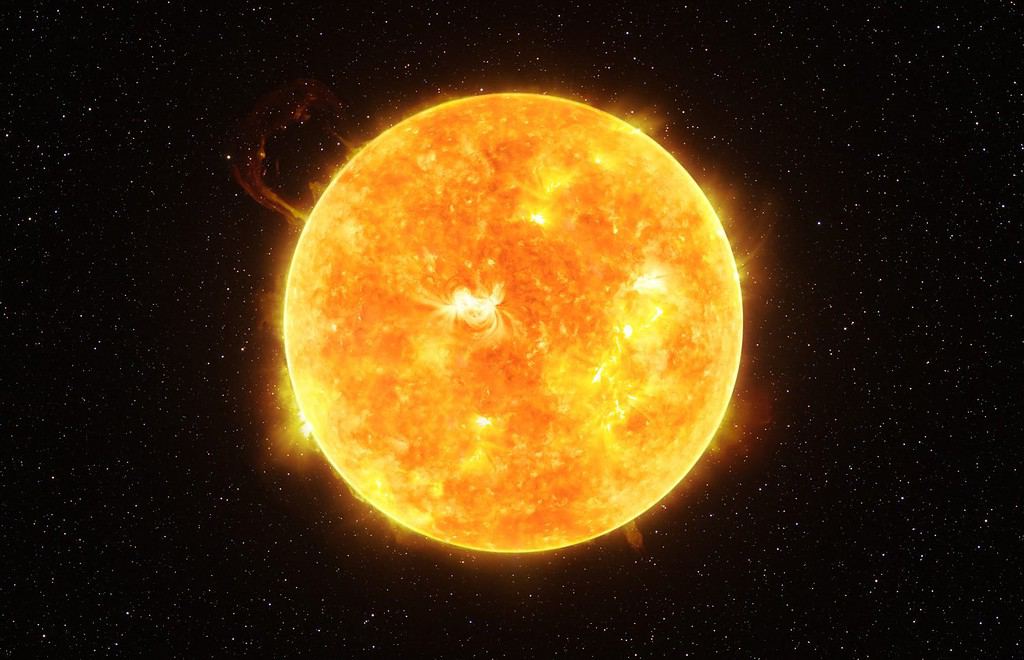
Both terms have a lot to do with the position of the Sun in relation to the Earth.
©Lukasz Pawel Szczepanski/Shutterstock.com
The term equinox comes from two Latin words, aequus for equal and nox for night. So, as the name suggests, an equinox marks a day during which the day and night are equally long. This is the case with the first day of spring and the first day of fall.
Well, to be more precise, the days and nights are not perfectly equal during equinoxes; the day is still longer than the night, albeit only slightly. The day and night are actually more equal or symmetrical a few days before the equinox — more specifically, during a day called equilux. Equilux occurs a few days before the spring equinox and a few days after the fall equinox.
The term solstice, on the other hand, refers to days with either the longest or the shortest days. Just like the equinox, the solstice takes place twice a year, the first day of summer and the first day of winter. The name itself also comes from Latin, combining the words sol for Sun and sistere for to stand still. However, it is, of course, not true that the Sun is actually still during this time. However, we may get that impression down here on Earth.
Equinox vs. Solstice: When Does Each Take Place?
These are the dates of the solstices and equinoxes in the Northern Hemisphere:
- The spring equinox — around March 21,
- The summer solstice — around June 21,
- The fall equinox — around September 22,
- The winter solstice — around December 22.
As implied in the list, these dates can vary. They vary not only from year to year but also from place to place; the equinoxes and solstices don’t occur at the same time in all parts of the world.
Why Do Equinoxes and Solstices Occur?
Both equinoxes and solstices occur due to specific positions of the Sun in relation to the Earth — or, more precisely, in relation to the Earth’s equator.
Equinoxes occur when the Sun is directly above the equator, making the day and the night equally (or close to equally) long. Solstices, on the other hand, occur when the Sun’s path is the farthest north or the farthest south from the equator, depending on which specific solstice is taking place:
- During the summer solstice, the Sun is farthest north in the sky because the North Pole is tilted closest to the Sun. This also means that the Sun travels the longest through the sky, giving the day the most daylight.
- Conversely, during the winter solstice, it’s the South Pole that’s titled closest to the Sun. The Sun is thus farthest south in the sky and gives the day the least daylight.
Why Are Equinoxes and Solstices Important?

Solstices and equinoxes help us keep track of astronomical seasons.
©iStock.com/Aliaksandr Bukatsich
First and foremost, equinoxes and solstices are important because they mark the beginnings of different astronomical seasons. The spring equinox marks the beginning of spring, for example, while the winter solstice marks the beginning of winter. Knowing when each season started was particularly important for old agricultural traditions, who would often plan their field and farming chores based on the astronomical season they were in or the astronomical season that was approaching.
However, equinoxes and solstices are also important from a purely cultural perspective. The human race has celebrated these astronomical events for years. Many cultures also believed them to have spiritual significance.
For example, the spring equinox was associated with new beginnings and (re)births. So, it was often seen as a favorable time for making changes or starting new projects. Germanic tribes also associated it with Ostara, the goddess of fertility. Her ancient influence is thought to still be apparent in the celebration of Easter.
Slav and Celt tribes supposedly celebrated the summer solstice with bonfires, while Russians would take mass baths to mark this occasion. During the winter solstice, the Romans would hold Saturnalia, a celebration dedicated to Saturn, the Roman god of agriculture and time. Finally, Japanese Buddhists marked the fall equinox with higan, a seven-day period dedicated to remembering and honoring their ancestors. During this period, they would visit their ancestors’ graves and pray.
Wait, I Thought the Seasons Begin on Different Dates?
You are not entirely wrong. Most of us are aware of meteorological seasons, which differ from the astronomical ones. Meteorological seasons are likely more popular because they are more closely aligned with the civil calendar and are much simpler to keep track of.
Unlike astronomical seasons, which depend on the Earth’s position in relation to the Sun, meteorological seasons are based on annual temperature cycles. They also divide every year into four seasons that last precisely three months:
- Spring: March, April, and May
- Summer: June, July, and August
- Fall: September, October, and November
- Winter: December, January, and February
Each meteorological season also starts on the first day of the month. For example, spring begins on March 1, and fall starts on September 1. So, you can see that they’re obviously easier to track. To drive this point home, we can compare the meteorological and astronomical seasons in 2024 for New York City.
| Season | Astronomical Start Date | Meteorological Start Date |
|---|---|---|
| Spring | March 19 | March 1 |
| Summer | June 20 | June 1 |
| Fall | September 22 | September 1 |
| Winter | December 21 | December 1 |
How to Mark The Next Equinoxes and Solstices
Many cultures around the world have and still do mark each equinox and solstice with special events and activities. If you’d like to do the same, we’ll give you some ideas on how you can celebrate and honor them below. Again, please note that the exact time and date of each equinox and solstice will vary depending on your location. Here, we’ve taken the aforementioned dates for New York City as an example.
The Spring Equinox (March 19)

The spring equinox is best spent outdoors, preferably in a garden.
©Parkin Srihawong/Shutterstock.com
The spring equinox marks the first day of spring, so it’s no wonder it’s usually celebrated by doing gardening chores. Now’s the time to reconnect with nature and get your hands dirty. If you have your own garden, consider planting veggies, such as beets, carrots, and broccoli.
Alternatively, you may want to spoil your garden with some good ol’ spring cleaning. Remove weeds, prune branches, and clean up any leaf litter. You can also introduce some changes into your garden, especially since spring is often associated with new beginnings. For example, consider adding some new accessories to your garden or creating compost.
If you’re into magic and manifestation, you may want to set some intentions during this time. Write them in the present tense — for example, I am healthy and fit — and feel as if you’ve already achieved them. You can also cleanse your home with sage or cleanse your crystals by charging them with the Moon’s energy overnight.
The Summer Solstice (June 20)
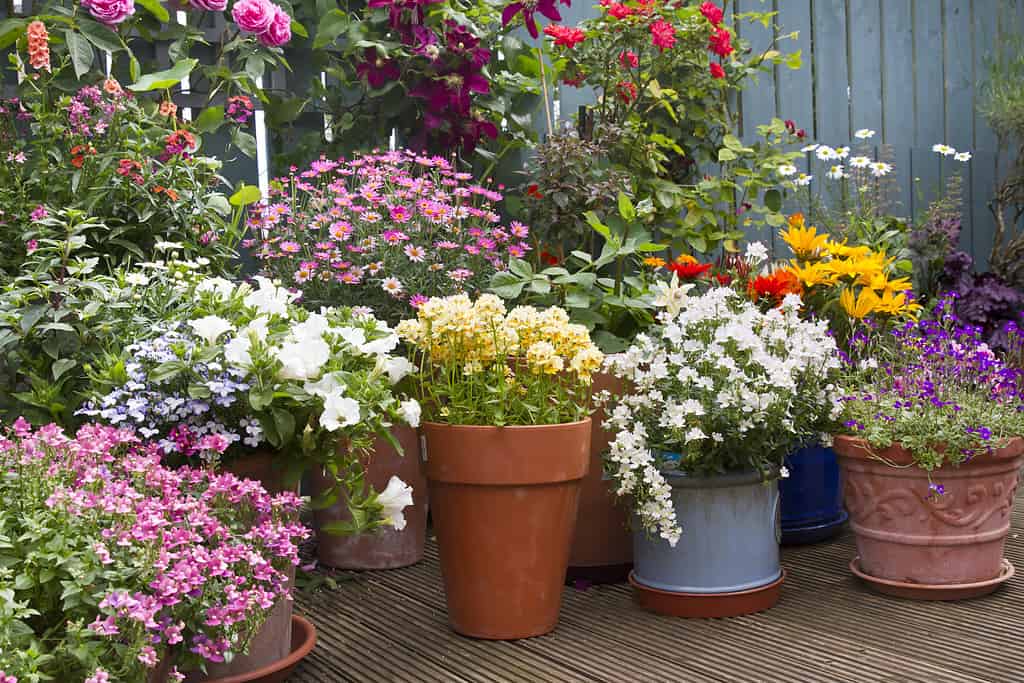
The summer solstice may be best celebrated with colorful flowers.
©sagarmanis/iStock via Getty Images
The summer solstice marks the longest day of the year, so you’ll have plenty of time for celebration activities. Some like to collect flowers and herbs from their gardens on this day and use them to decorate their homes. Conversely, others like to use this day to plant new flowers.
You can also slowly start doing some typical summer gardening chores. For example, now may be the time to spread mulch or introduce new pest-fighting equipment into your garden. Alternatively, you can move your body with Sun Salutation sequences or simply bask in the Sun and enjoy the warm weather outdoors with your loved ones.
If you want to try summer manifestation rituals, you can create and dedicate an altar to the Sun — but even opening your windows and blinds can do the trick. Use the phrase let the sunshine in as your mantra.
The Fall Equinox (September 22)
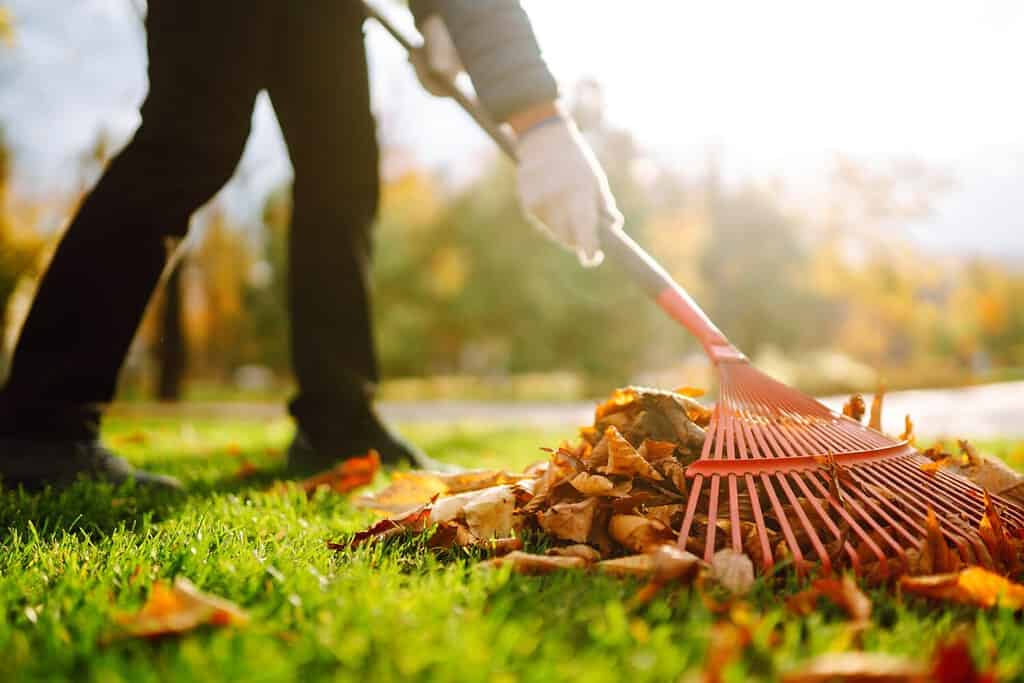
Fall cleaning is a thing, too.
©maxbelchenko/Shutterstock.com
The fall equinox is the perfect time to clean your garden. Dispose of any dead plants or branches, and kill any weeds if necessary. You can also start preparing your garden for other upcoming seasons by spreading compost or fertilizers.
Fall is also the perfect time to carve pumpkins or make pumpkin-based recipes. Alternatively, you can prepare and store some nice veggies for winter.
From a more spiritual perspective, fall is a good time for reviewing your plans and everything you’ve achieved so far. What parts of your life are you proud of or happy with? Which ones need changing? Now’s the time to drive that transformation — that’s what fall is all about, anyway.
The Winter Solstice (December 21)
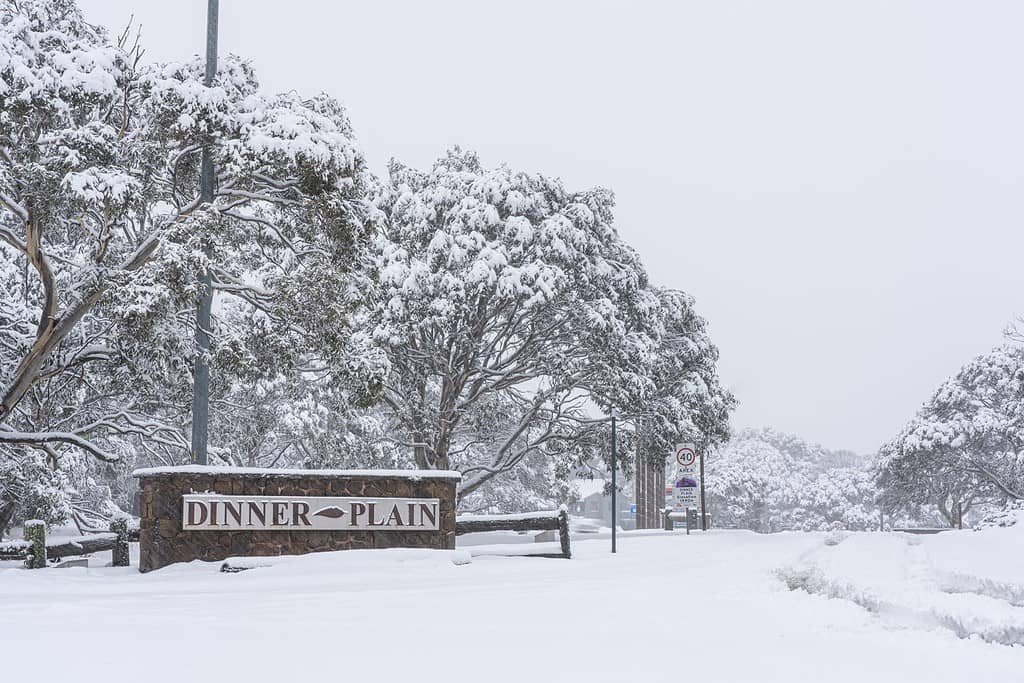
Winter is a time of rest, for both you and your garden.
©Wirestock Creators/Shutterstock.com
There’s not much to do in the garden during the cold winter days. However, that doesn’t mean you can’t start preparing for the upcoming spring. Now’s the time to start organizing your gardening work and order any seeds you wish to sow next year.
You can also mark this occasion by doing some indoor gardening or decorating your home with plants connected with the winter, such as holly and mistletoe. Finally, if you’re into spirituality, you can mark the winter solstice by taking some time to yourself.
Practice self-care, get some rest, and reflect on the current year. After you do that, you can also set some intentions for the upcoming year. You can think of them as your New Year’s resolutions.
FAQ
What is the spiritual meaning of the equinox?
Some say that, spiritually, the equinox represents the battle between the dark and the light; the good and the evil; the conscious and the unconscious. This may be rooted in the fact that the day and night are (almost) equally long during equinoxes.
How does the equinox affect the human body?
Since the day and the night are (almost) equally long during equinoxes, some say that they’re ideal for the human circadian rhythm. This rhythm dictates when certain biological processes take place in the human body, such as the urge to sleep. This urge is, of course, associated with nighttime. Since the night and day are more or less balanced during equinoxes, we may feel more balanced as well. This could further result in, for example, getting in bed on time or just getting a better sleep during the night.
Thank you for reading! Have some feedback for us? Contact the AZ Animals editorial team.

